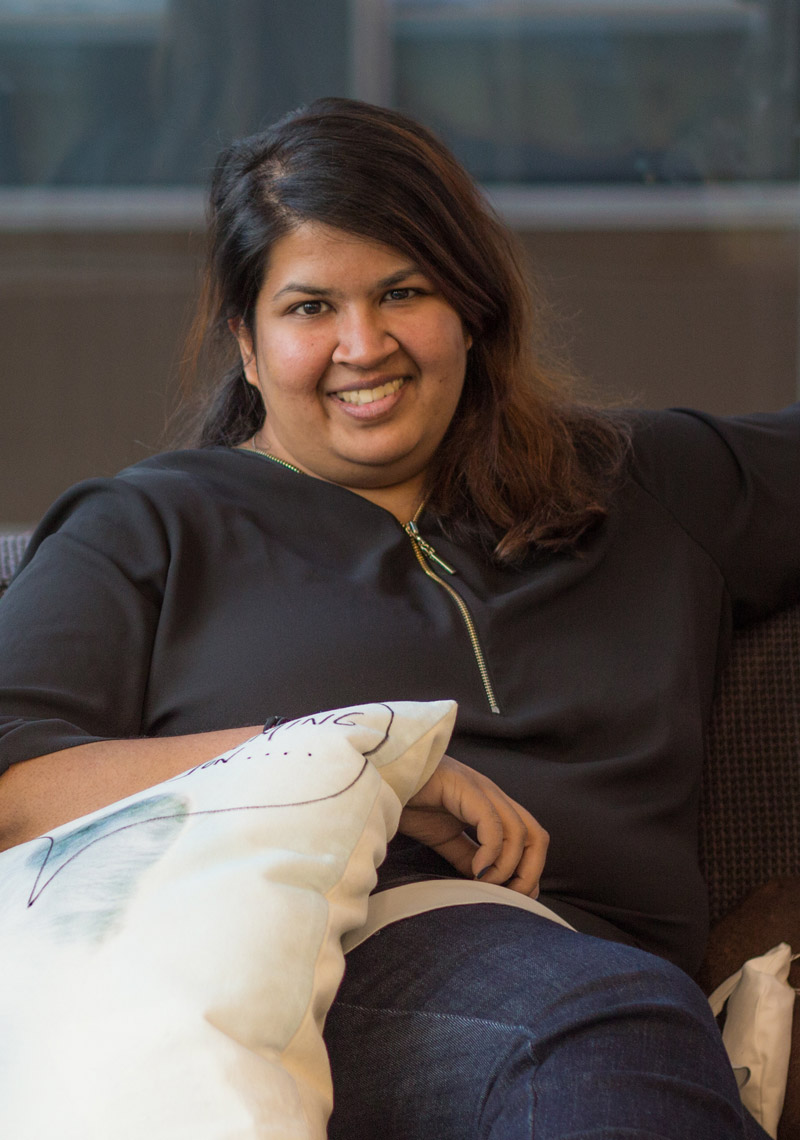Hello to Canada’s SaaS Community,
Startup accelerators can be incredibly helpful. But will the program actually give you the help you need? Different accelerators all have different approaches and the biggest brand may not be the best. This is something Aashni Shah, founder of Hype Docs, learned as she went through multiple. Speaking with SAAS NORTH, she explained how early-stage founders can “filter” through programs to find the best fit.
Key takeaways:
- Start by identifying the type of support you need most as an early-stage founder.
- Think about the true cost (equity + time) of joining a program.
- Apply to all programs that are a fit for your needs—you never know what will happen.
Co-Founder/Producer, SAAS NORTH Conference Editor, SAAS NORTH NOW
If you feel lost and alone as an early-stage founder, accelerator programs can be your saving grace… but only if you choose the right one. This is a lesson Aashni Shah, founder of Hype Docs, learned firsthand, having gone through multiple accelerator programs. Speaking with SAAS NORTH, she shared her filtering method for finding the right program at the right time.
Step 1: Figure out the support you need most
At the earliest stages of startup life, you probably need a lot of support—that’s not a dig, just a fact. But all founders have their own strengths and weaknesses. So when it comes to finding an accelerator program (out of the thousands of programs available globally), Aashni’s first tip is to figure out what you need most.
“In terms of identifying the current problems I’m facing, I look at where my business currently is, and where it will likely be by the time I join the program,” said Aashni.
For some founders, that’s sales and marketing. For others, it might be product. Or team building. Or something else entirely. It’s all about your existing skill base and unique gaps to fill.
When you know what you need, you can analyze the programs both for the education it provides (e.g. specific courses on sales or marketing) and the types of mentors you get access to. This takes programs down from an esoteric level to a more practical level.
Step 2: Narrow down with geography and costs
If you’re actually going to attend a program, you need to think about where the program happens and how much it costs.
Geography: programs happen all over the world and virtually. If you live near a major city, chances are there’s an accelerator nearby. But you should also think about what kind of business you want to run and where hubs for that industry exist.
Cost: the most famous accelerator programs—think YCombinator or TechStars—take equity and give you investment in return, much like a traditional VC. Other programs might pay you a stipend, similar to a salary, but nothing else. Some programs charge you to attend, making it similar to taking a condensed, intensive university or college program. And then some programs don’t take equity and don’t charge. Instead, they offer free programming—but with that can often come fewer long-term supports. All have their value, it just depends what you need and what you are willing to give up.
Step 3: Validate the program’s claims
Once you have a handful of programs you’re seriously considering, validate if what they claim to offer—support, funding, mentorship, etc.—is actually true.
Aashni recommends two things:
- Speak with alums of the program and see if they got the support they needed.
- Talk to an organizer and ask questions about how the support is delivered.
“You’ll want to figure out if you’re a fit for the program, but also figure out if the program is a fit for you,” said Aashni.
Step 4: Don’t just apply to one program
Apply to every program that makes sense for you—you may not get into every program you like, so multiple applications give you a better chance of still receiving support.
If you do get into a few accelerators, you can stack different programs together for maximum impact. For example, one program might take equity and invest in you while another provides a small equity-free grant. A third could simply provide mentorship but no formal courses. While you want to be cautious about giving away too much equity—or your own time, since you have a business to build—the right mix could help you rapidly grow.
The key, said Aashni, is to get feedback on your applications before sending them in and find a simple way to keep track of everything (she personally uses a Notion doc with different pages for each application).
“This helps because many of the application forms are built on terrible platforms, but also because you can often copy/paste/edit answers between different applications,” said Aashni.
Bring your whole self to the application
When you apply to an accelerator it can be tempting—or you may feel pressure—to fall into the hustler-founder mentality made famous by Silicon Valley. But Aashni said it’s important to bring your unique self to the entire process because you’ll get more of the support you might need and it can help you tell your founder-fit story.
“Why do I care about this problem and am I well equipped to solve this problem?” said Aashni. “I think regardless of your background, if you’re able to show that, it’s a really compelling case to let you in.”



